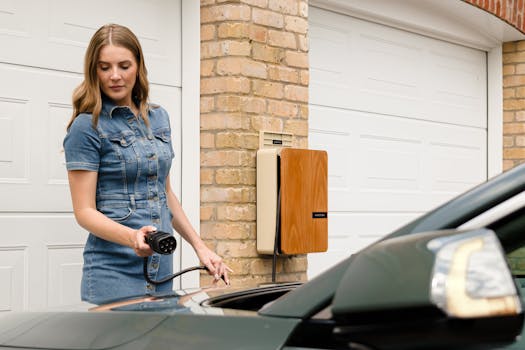
Smart Homes and Smart Living: The Technological Transformation of European Homes by 2025
Smart Homes and Smart Living is revolutionizing the way Europeans live, work, and interact with their living spaces. By 2025, the majority of European homes are expected to be equipped with smart technologies, transforming the concept of home and living. This technological transformation is driven by advancements in Internet of Things (IoT), artificial intelligence (AI), and data analytics, enabling homes to become more intelligent, automated, and responsive to the needs of their occupants.
Introduction to Smart Homes
A smart home is a dwelling that incorporates various technologies to provide a comfortable, convenient, and secure living environment. These technologies include lighting, temperature, and security systems that can be controlled remotely through smartphones or voice assistants. Smart homes also integrate energy-efficient systems, such as solar panels and energy-harvesting windows, to reduce energy consumption and minimize environmental impact.
Key Features of Smart Homes
- Energy Efficiency: Smart homes are designed to optimize energy consumption, using advanced materials and systems to minimize waste and reduce energy bills.
- Home Automation: Smart homes integrate various automated systems, including lighting, temperature, and security, to provide a convenient and comfortable living experience.
- Health and Wellness: Smart homes incorporate features that promote health and wellness, such as air quality monitoring, water purification, and fitness tracking.
- Security and Safety: Smart homes are equipped with advanced security systems, including biometric authentication, motion detection, and emergency response systems.
Benefits of Smart Homes
The benefits of smart homes are numerous, ranging from improved energy efficiency and convenience to enhanced health and wellness. Some of the key benefits include:
- Increased Property Value: Smart homes are highly sought after, increasing property value and appeal to potential buyers.
- Reduced Energy Bills: Smart homes optimize energy consumption, reducing energy bills and minimizing environmental impact.
- Improved Comfort and Convenience: Smart homes provide a comfortable and convenient living experience, with automated systems and remote control capabilities.
- Enhanced Health and Wellness: Smart homes promote health and wellness, incorporating features that monitor and improve air quality, water quality, and fitness levels.
Challenges and Limitations
While smart homes offer numerous benefits, there are also challenges and limitations to consider. Some of the key challenges include:
- High Upfront Costs: Smart homes require significant investment in technologies and infrastructure, making them inaccessible to many homeowners.
- Complexity and Interoperability: Smart homes integrate multiple systems and technologies, which can be complex to install, maintain, and troubleshoot.
- Security and Privacy Concerns: Smart homes are vulnerable to cyber threats and data breaches, compromising security and privacy.
- Lack of Standardization: Smart homes lack standardization, making it difficult to integrate different systems and technologies.
Conclusion
Smart Homes and Smart Living are revolutionizing the way Europeans live, work, and interact with their living spaces. By 2025, the majority of European homes are expected to be equipped with smart technologies, transforming the concept of home and living. While there are challenges and limitations to consider, the benefits of smart homes are numerous, ranging from improved energy efficiency and convenience to enhanced health and wellness.






